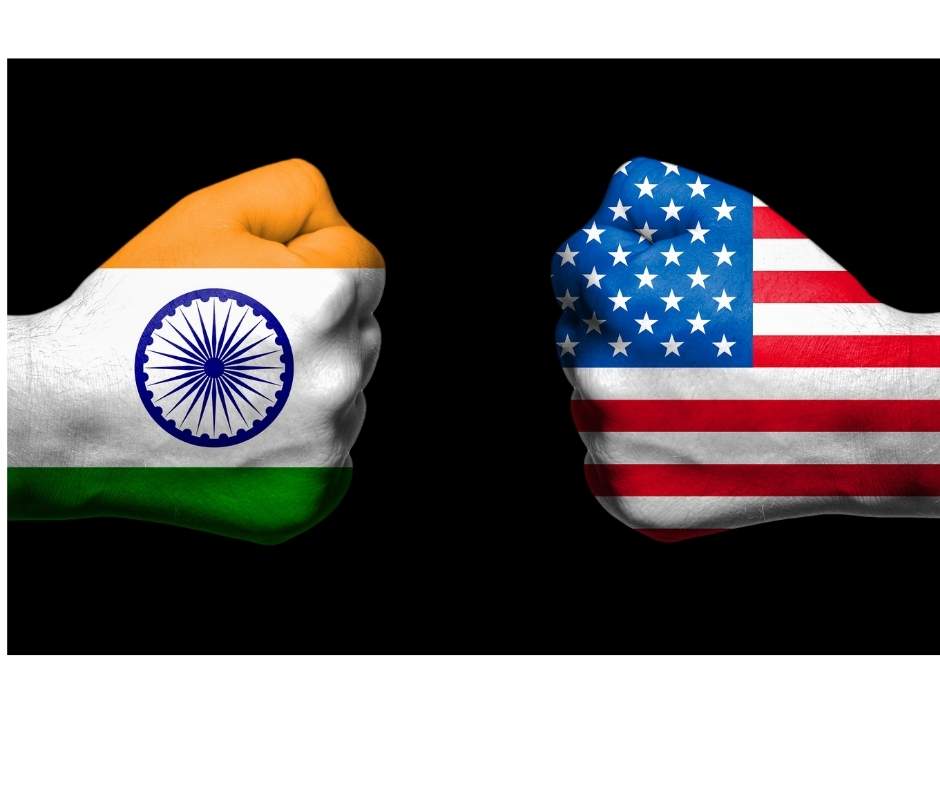In a move that may significantly impact bilateral relations, former U.S. President Donald Trump announced a 25% tariff on Indian exports, effective August 1, 2025. The declaration, made via his Truth Social platform, sparked immediate concern across key Indian industries and cast a shadow over ongoing efforts to stabilize India-U.S. trade prospects.
Trump’s statement accused India of imposing “some of the highest tariffs in the world” and criticized India’s growing strategic proximity to BRICS nations and its ongoing energy and defense engagements with Russia. While Trump is not in office, his comments are influencing the American political landscape ahead of the 2026 midterm elections, and are causing uncertainty in international trade circles.
Impact on Key Indian Sectors
India’s major export sectors, including textiles, pharmaceuticals, and automotive components, are now facing an uncertain future. U.S. markets remain some of the largest for Indian goods in these categories, and the newly proposed tariffs could have ripple effects across supply chains and pricing structures.
Stock markets reacted cautiously, recovering from morning losses but with visible strain in export-linked indices. The BSE Auto Index dropped by 1.3%, while pharmaceutical stocks showed mixed trends amid speculation of further trade disruptions.
India’s Ministry of Commerce and Industry responded swiftly, stating:
“We are closely studying the implications of this announcement and will engage with all stakeholders to evaluate an appropriate course of action.”
The ministry further indicated that internal consultations are underway to recalibrate current trade frameworks and avoid escalating tensions.
Geopolitical Undercurrents: BRICS and Beyond
Trump’s reference to India’s active role in BRICS—which now includes new members like Saudi Arabia and Egypt—highlights growing global divides. India’s stance on maintaining a balanced relationship with both the West and Russia appears to be a key irritant for U.S. policymakers.
Experts believe that while the official Indian position supports multilateral dialogue, strategic decisions like increasing oil imports from Russia and military cooperation through joint ventures are under the scanner.
This isn’t the first instance of tariff tensions. During Trump’s presidency in 2018, the U.S. also imposed steel and aluminum tariffs globally, including on Indian producers. However, this new round appears more pointed and political.
What Lies Ahead for India-U.S. Trade Prospects?
With no formal deal in place and tariff threats looming, the India-U.S. trade prospects are now marked by hesitation. Both governments had earlier signaled openness to a mini trade deal, focusing on digital services, clean energy, and manufacturing.
But the current climate suggests that without urgent diplomatic engagement, those talks may freeze.
Trade experts suggest a three-pronged response:
- Immediate diplomatic outreach to clarify tariff intentions.
- Support packages for affected industries.
- Diversification of export markets, especially within ASEAN and Europe.
While this episode may not derail India-U.S. ties permanently, it reflects how geopolitics and economic interests are deeply intertwined. With India poised to be the world’s third-largest economy by 2030, both countries have much to gain from a stable trade relationship. But for now, the road appears bumpy.
Stay tuned to DF Media for updates on trade, technology, and innovation shaping global business.
Also check:







